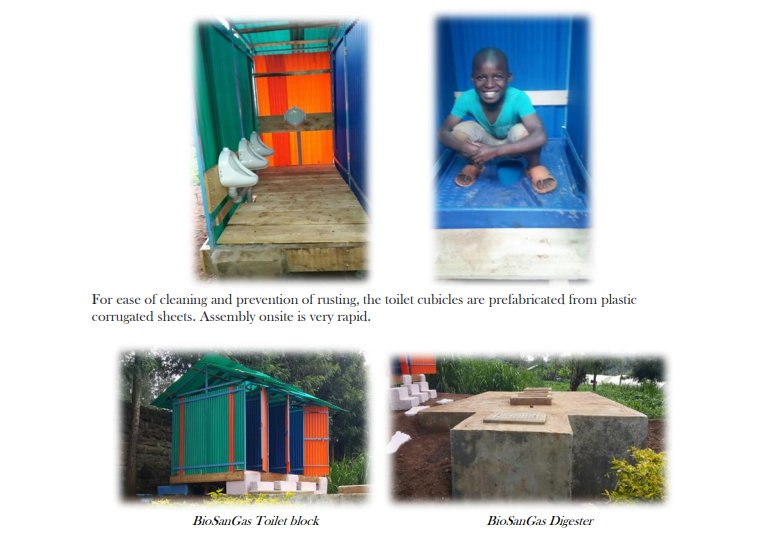THE CHALLENGE
In most of sub-Sahara Africa and other developing economies around the globe, large institution use huge amounts of freshly cut firewood for their cooking requirements. Without sustainable tree planting programs, this is leading to wanton destruction of natural forests. The situation is at a critical stage with the effects already being felt in erratic rainfall, climate change and Global warming. The unpredictable rainfall patterns not only make crop production extremely risky, but also threaten food security in already struggling poor countries.
The most practical and sustainable alternative to wood fuel is biogas.
THE BIOGAS SOLUTION
At Biogas International Ltd we have developed a range of anaerobic biogas digester plants – Flexi Biogas Technology, to suite any environment and situation, and will run on most any biodegradable material.
You DO NOT need cow dung to produce biogas.
NOTE
The most important element to the sustainability of gas production is the availability of feedstock.
Sources
1. Kitchen waste from the institution
2. Kitchen waste from nearby hotels and restaurants
3. Energy crops that can be grown within the institution
4. Market waste can be brought in from the local market place
5. Animal waste from a farm within the institution
6. Animal waste from a farm outside the institution
7. Human waste
OUR PRODUCTS T-REX DIGESTER – Large Capacity Digester
Our Large capacity T-Rex range of systems are designed to run on any biodegradable material such as animal dungs and abattoir waste, kitchen and market waste, energy crops (once invasive weeds) such as Water Hyacinth, Prosopis Juliflora, Prickly Pear Cactus etc

Main Mess Kitchen in Pwani University – Kilifi Kenya.
T-Rex systems are 100% prefabricated and install in a few days. Once primed with cow dung culture, gas formation begins and is in high gas production within a few weeks. Contrary to common belief that animal dungs produce the highest volumes of gas, actually fresh feedstock has the highest gas production.
As you can see from the chart below, the higher the calories of the feed material, the higher the gas production. 
BIOSANGAS TECHNOLOGY – Hygienic human sanitary biogas systems
Our human waste management system is specifically designed to run on human waste. Primarily designed to provide clean hygienic toilet facilities, the efficient digestion process and design also captures all the biogas potential from the waste. 

Public toilet in Mogotio Market, Baringo District Background – PAYG Toilet block. Foreground – Market day as venders display their merchandises on the BioSanGas digester
Note
Biogas from the BioSanGas system is piped directly into external storage balloons, or in the case of a dual system setup, the gas is piped to the balloons of the T-Rex system.
- Although human waste appears to be the most available feedstock in institutions, only 15 – 20% of the volume of gas necessary for cooking can be derived from an efficient human waste management biogas digester. (We humans don’t eat a lot so we don’t poop a lot either.)
- To avoid any contact with human waste, the BioSanGas systems are sealed and designed to run purely on human waste. This also reduces any chances of blockage.
T-Rex systems are designed to run on all other organic matter except human waste.
Dual Digester Model for total energy solution and waste management
Our energy solution incorporates a T-Rex plant to produce the bulk 85% of the energy demand derived from animal dung, kitchen waste etc, and a BioSanGas plant designed to primarily provide sanitary toilets and secondarily, the deficit 15 – 20% of the energy bill.
Although human waste is a good source of biogas, traditionally there is a lot of taboo associated with its use for human food preparation. By combining the gasses from both the T-Rex systems and the BioSanGas system, this is quickly overlooked and forgotten.
There is even more taboo associated with the use of exhausted bio-slurry from the BioSanGas system as a fertiliser for food crops. For this we channel this bio-slurry into shallow French drains arranged over a large soak area, and plant fruit trees along the drains. The fruits will provide vital minerals and vitamins to the residents.
The bio-slurry from the T-Rex system provides fertiliser for vegetable production and for sale.
